The majestic sight of a bird gliding effortlessly through the sky, wings outstretched but motionless, represents one of nature’s most elegant displays of physics in action. While humans have mastered flight through complex machinery and fuel consumption, birds have evolved remarkable adaptations that allow them to harness the invisible forces of our atmosphere. This masterful utilization of air pressure enables many species to remain aloft for hours or even days with minimal energy expenditure. From massive albatrosses that can stay airborne for weeks to hawks circling overhead on thermal currents, the ability to soar without continuous flapping represents an evolutionary triumph of aerodynamic efficiency. Understanding how birds accomplish this feat reveals not only the ingenuity of natural selection but also principles that continue to inspire human aviation and engineering advances.
The Physics Behind Bird Soaring
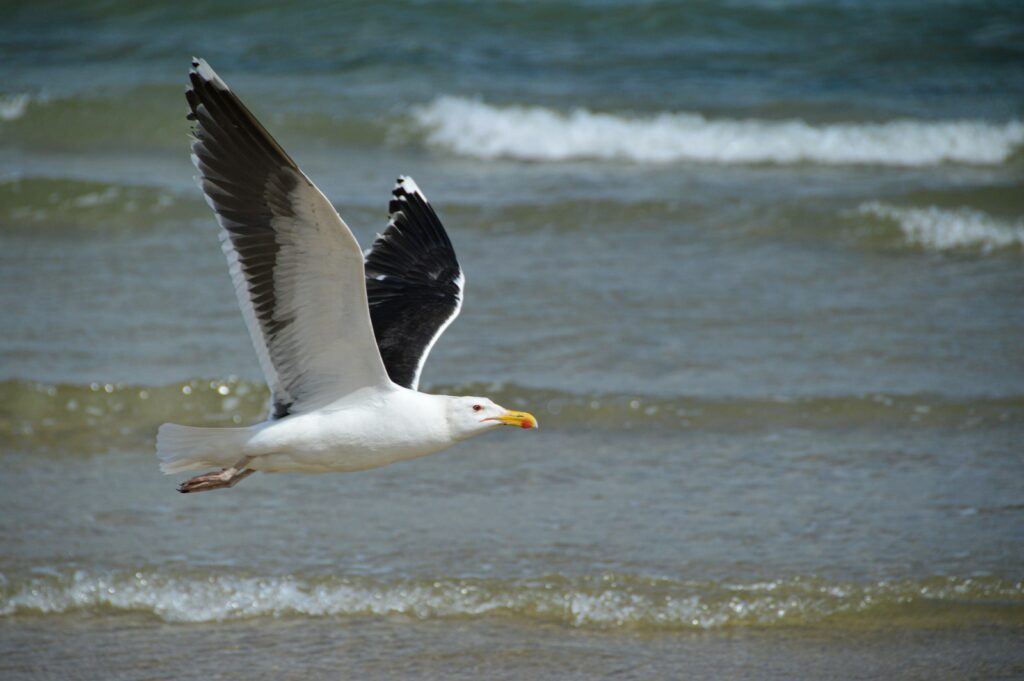
At its core, soaring flight relies on the fundamental principles of lift, drag, and the strategic use of air pressure differentials. When a bird positions its wings at precise angles to the airflow, the curved upper surface of the wing creates a zone of lower pressure above, while higher pressure forms beneath. This pressure difference generates lift, the upward force that counteracts gravity and keeps the bird aloft. Unlike powered flight that requires constant wing flapping, soaring depends on the bird’s ability to find and utilize moving air currents that provide this lift “for free.” The shape of a bird’s wing—technically an airfoil—is crucial to this process, as it determines how efficiently the animal can extract energy from the surrounding air. Birds have evolved specialized wing shapes and structures that maximize lift while minimizing the drag that would otherwise slow them down.
Types of Soaring Flight
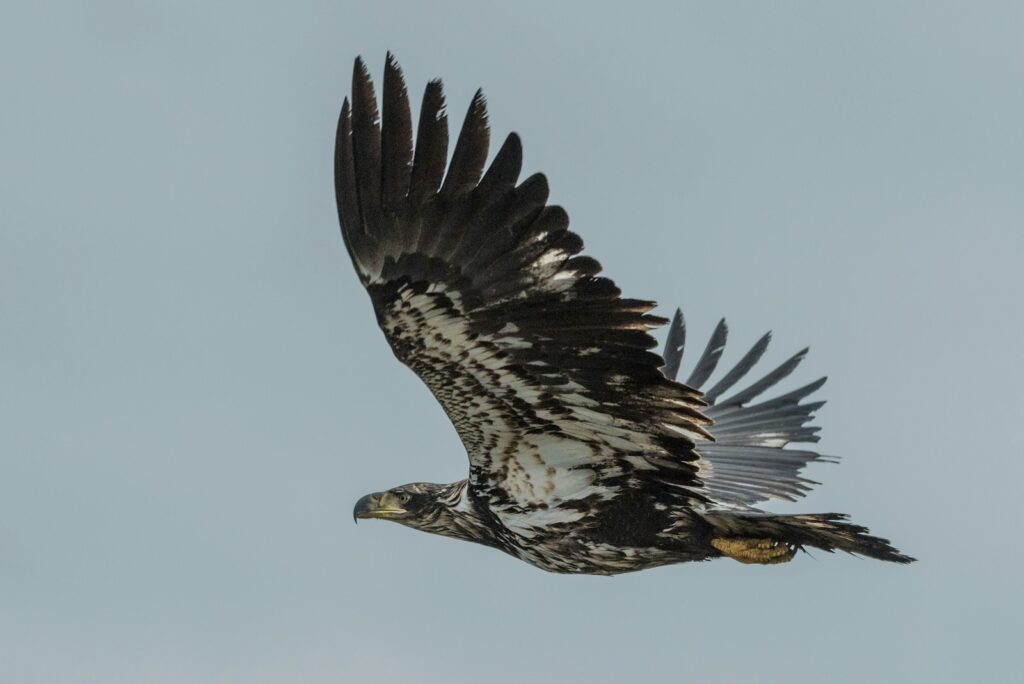
Birds employ several distinct soaring techniques depending on the available air currents and their specific adaptations. Static soaring (also called slope soaring) occurs when birds ride the upward deflection of wind as it encounters geographical features like hills, cliffs, or mountain ridges. Thermal soaring involves circling within columns of rising warm air that form when the sun heats the ground unevenly. Dynamic soaring, primarily used by seabirds, exploits the wind gradient—the difference in wind speeds at different altitudes—by repeatedly crossing between air layers. Wave soaring utilizes the standing waves of air that form downwind of mountain ranges. Each technique represents a specialized adaptation to extract energy from different types of air movement, allowing birds to travel vast distances with minimal muscular effort.
Wing Adaptations for Efficient Soaring
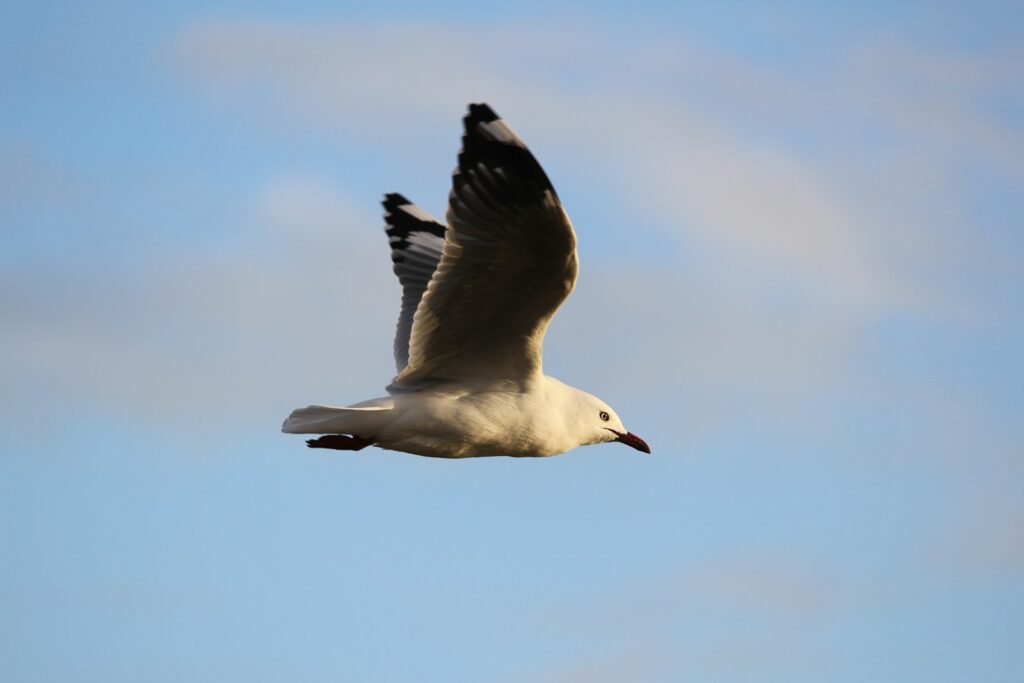
The wings of soaring specialists have evolved specific characteristics that maximize their ability to generate lift with minimal effort. Perhaps most notable is the high aspect ratio—long, narrow wings with relatively small surface area—found in species like albatrosses and frigatebirds. These wings provide excellent lift-to-drag ratios at the cost of reduced maneuverability, making them ideal for open-ocean environments. Slotted wingtips, where the primary feathers spread like fingers, help reduce drag-inducing vortices that form at wing edges. Many soaring birds also possess specialized feathers called alulas—thumb-like projections that act as leading-edge slats on aircraft, preventing stall at low speeds during landing or precise maneuvering. The ability to adjust wing camber (curvature) through subtle muscular control allows birds to optimize their wing profile for different soaring conditions and speeds.
Thermal Soaring: Riding Rising Air
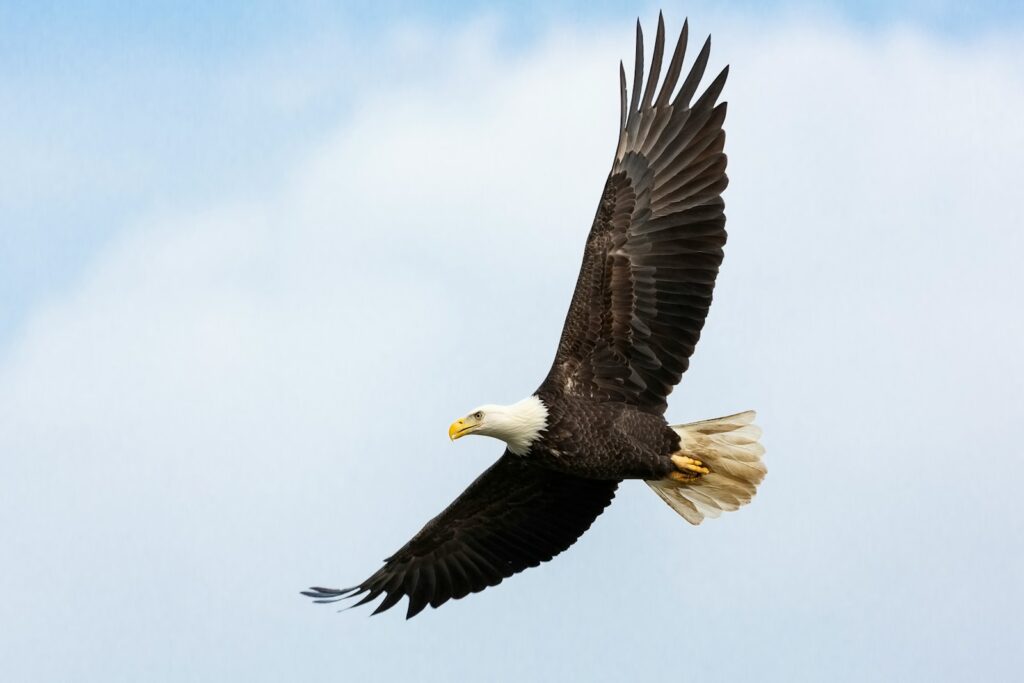
Thermal soaring represents one of the most spectacular demonstrations of birds exploiting air pressure differences to gain altitude without flapping. Thermals form when the sun heats patches of ground unevenly, causing pockets of air to warm, expand, and rise. Birds detecting these invisible columns of rising air will enter the thermal and begin circling to stay within its boundaries. As they spiral upward, they can gain hundreds or even thousands of feet of altitude with virtually no energy expenditure. Eagles, vultures, and storks are masters of thermal soaring, often using this technique to gain height before gliding considerable distances to the next thermal. The circular flight pattern within thermals is not random—birds carefully adjust their bank angle and speed to maximize climb rates while remaining within the strongest portion of the rising air mass.
Ridge and Slope Soaring Techniques
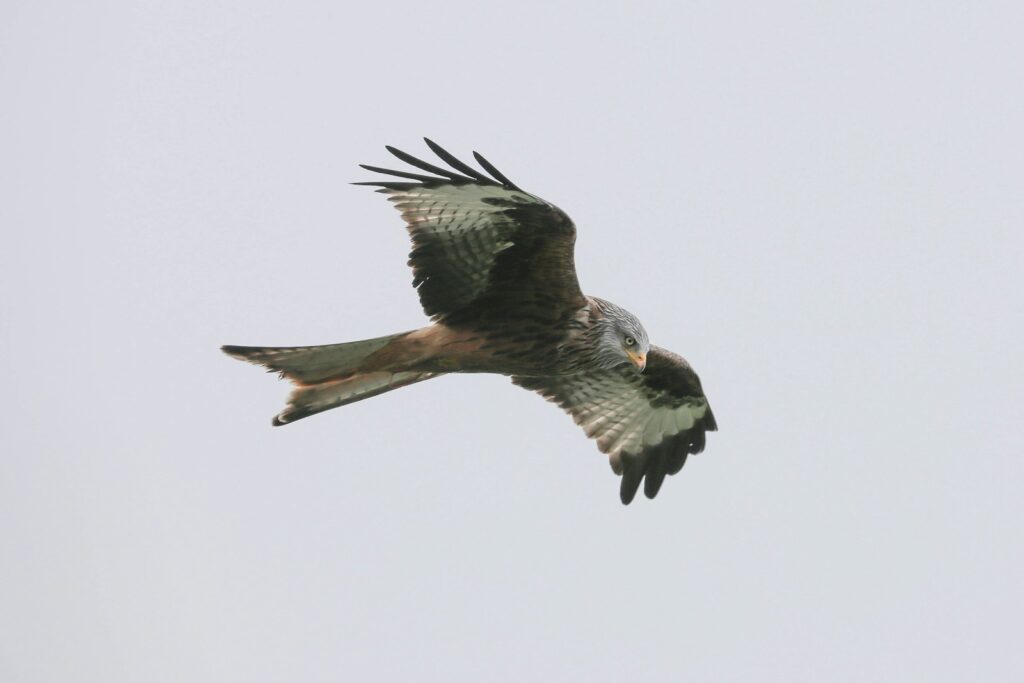
When wind encounters an obstacle like a hillside or mountain ridge, it must deflect upward, creating a zone of rising air on the windward side. Birds exploit this predictable upward deflection through ridge or slope soaring, maintaining position within this band of lift to stay aloft indefinitely without flapping. This technique requires precise positional awareness, as the zone of lift typically extends only a limited distance from the slope itself. Hawks, falcons, and gulls frequently employ slope soaring along coastlines or mountain ridges, maintaining a remarkably steady flight path parallel to the terrain. For migrating birds, mountain ranges can provide energy-saving highways of lift that stretch for hundreds of miles, allowing them to travel vast distances with minimal flapping. Human glider pilots have adopted these same principles, using ridge lift to extend their flights dramatically.
Dynamic Soaring: The Albatross Technique
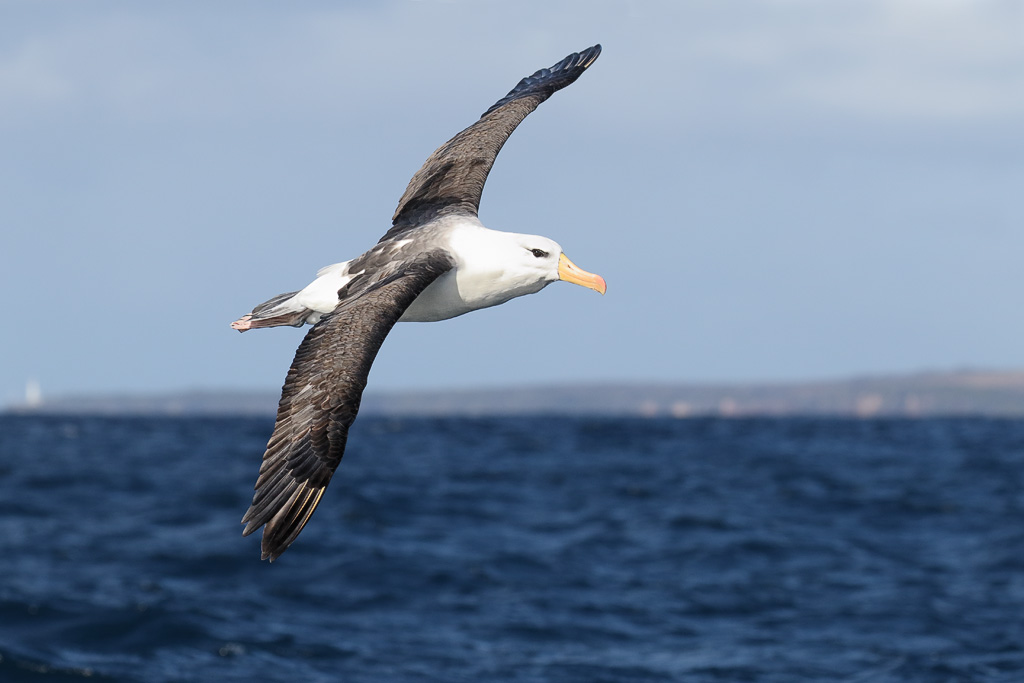
Perhaps the most sophisticated soaring technique is dynamic soaring, primarily employed by oceanic birds like albatrosses and petrels. This method exploits the wind gradient—the natural increase in wind speed that occurs as height above the ocean increases due to reduced surface friction. The bird begins by climbing into the faster-moving air higher above the waves, using this headwind to gain altitude and potential energy. It then turns and descends downwind toward the ocean surface, where the wind is slower, effectively gaining speed from the tailwind. Upon reaching the lower, slower air layer, the bird turns back into the wind and uses its momentum to climb again into the faster upper layer, repeating the cycle. Through this continuous figure-eight pattern, albatrosses can maintain flight speeds of over 50 miles per hour for days without a single wing flap, traveling thousands of miles across open ocean.
Sensing Air Currents: How Birds Find Lift

Birds possess remarkable abilities to detect and navigate the invisible landscape of air currents surrounding them. Research suggests they utilize multiple sensory inputs to locate areas of lift, including highly sensitive pressure receptors in their feathers that detect subtle changes in airflow around their bodies. Vision plays a crucial role as birds watch the behavior of other soaring birds, observe ripples on water surfaces indicating wind patterns, or note dust and debris being lifted by thermals. Many species also appear to learn and remember the locations of reliable sources of lift, such as mountain ridges or areas that regularly generate thermals at certain times of day. Some birds may even detect infrasound produced by air movements over terrain features, giving them information about distant lift sources beyond visual range.
Metabolic Advantages of Soaring Flight
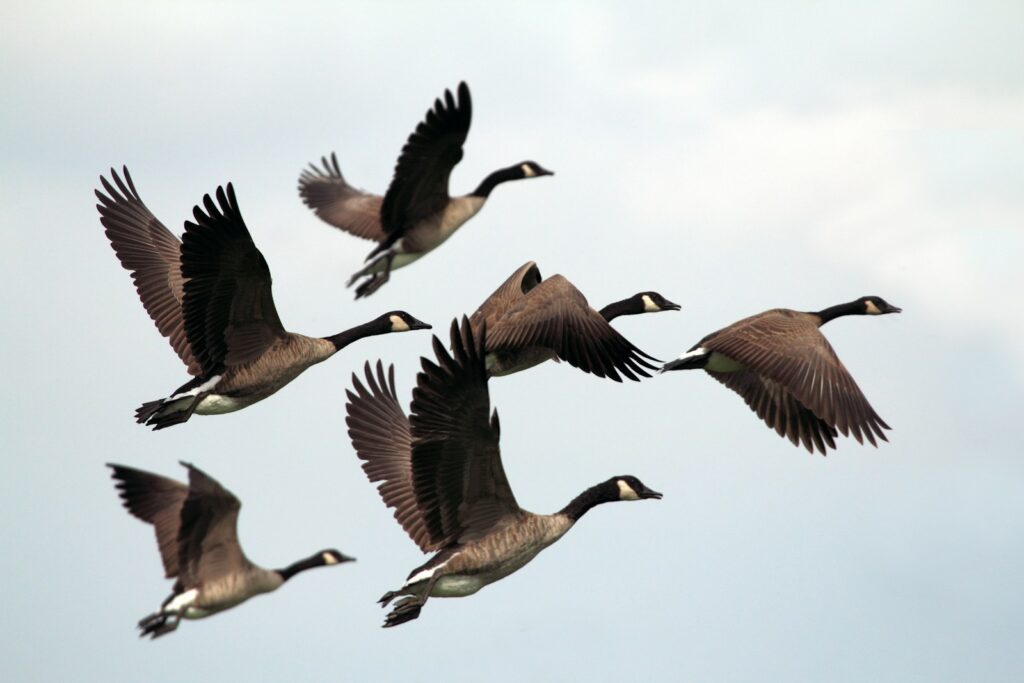
The energy savings afforded by soaring flight represent a significant evolutionary advantage for many bird species. Research comparing the metabolic costs of different flight modes shows that soaring requires only slightly more energy than resting, whereas continuous flapping can demand 8-30 times more energy, depending on the species. This efficiency allows soaring specialists to undertake extraordinary journeys that would be impossible with powered flight alone. Bar-headed geese, for example, use a combination of flapping and soaring to migrate over the Himalayas at altitudes exceeding 20,000 feet. Wandering albatrosses leverage their soaring abilities to cover up to 10,000 miles in a single foraging trip while expending minimal energy. For scavenging birds like vultures, the ability to search vast areas with minimal energy investment makes finding widely scattered food sources energetically feasible.
Soaring Adaptations Across Different Bird Families
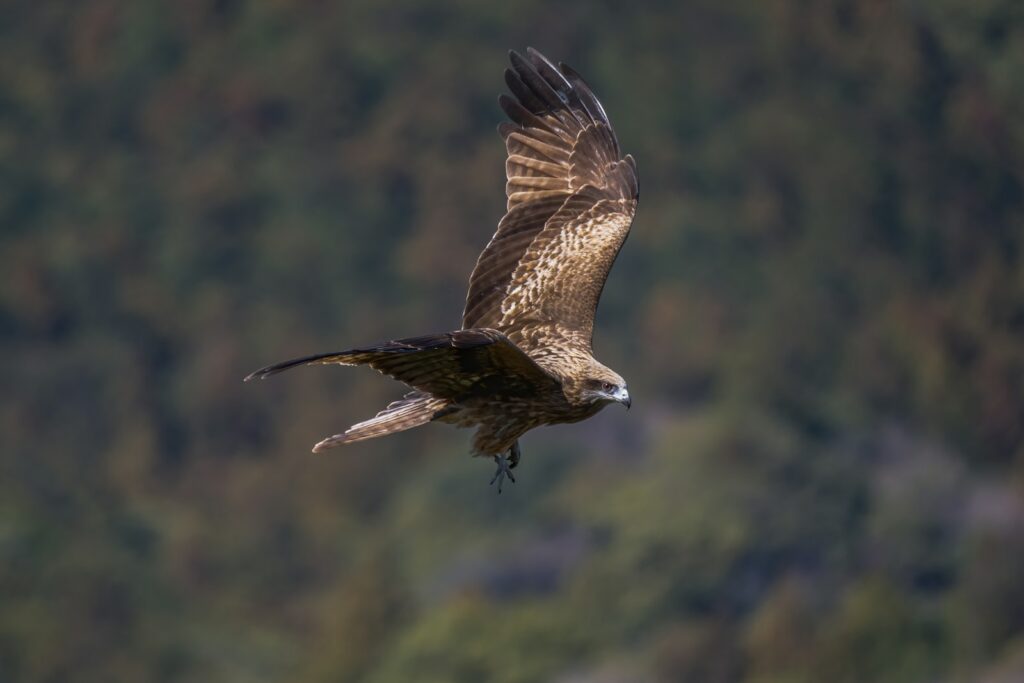
Convergent evolution has led multiple unrelated bird families to develop soaring capabilities, each with adaptations suited to their specific ecological niche. Raptors like eagles and hawks typically have broad wings with slotted tips that excel at thermal soaring over land, allowing them to hunt efficiently without constant energy expenditure. Vultures take this adaptation further with even broader wings optimized for low-speed soaring as they search for carrion. Oceanic soarers like albatrosses and shearwaters possess extremely elongated, narrow wings for dynamic soaring over open water, where maneuverability is less important than efficiency. Storks and pelicans represent another variation, with large, broad wings that effectively utilize both thermals and flapping flight during their migrations. Even some smaller birds like swifts have developed limited soaring abilities, though their higher wing loading restricts them to stronger sources of lift.
Record-Breaking Soaring Performances
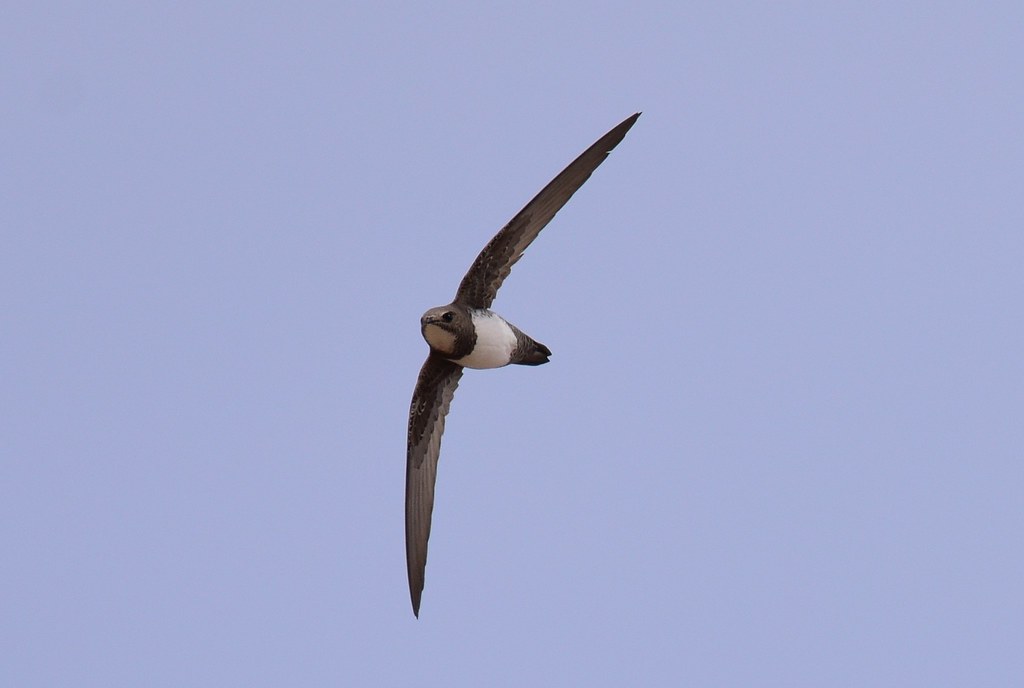
Some birds demonstrate truly extraordinary soaring capabilities that push the boundaries of what seems physically possible. The wandering albatross holds numerous records, including the highest lift-to-drag ratio of any bird (estimated at 25:1) and documented flights that circumnavigate the entire Antarctic continent without landing. Alpine swifts have been recorded staying airborne for over 200 consecutive days during migration, sleeping while gliding and soaring at high altitudes. Bar-tailed godwits complete non-stop flights of over 7,000 miles from Alaska to New Zealand, using a combination of efficient gliding and strategic use of weather systems. Perhaps most impressive is the great frigatebird, which can stay aloft for up to two months without landing, soaring to altitudes over 4,000 meters to find favorable winds and even sleeping during slow circular glides within thermals.
Human Applications of Bird Soaring Techniques
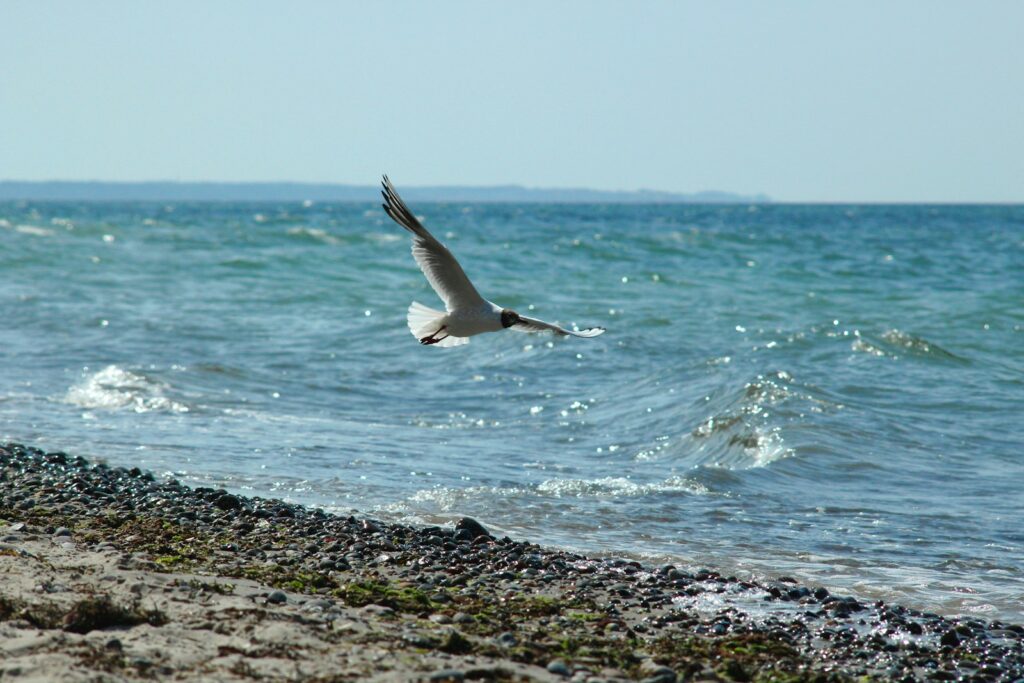
The principles that allow birds to soar efficiently have directly influenced human aviation from its earliest days. The Wright brothers specifically studied soaring birds to understand the fundamentals of wing warping for control, a principle still used in modern aircraft design. Modern sailplanes and gliders employ wing designs with high aspect ratios directly inspired by soaring birds, achieving glide ratios that allow them to travel over 60 miles for every mile of altitude lost. Weather prediction models for glider pilots are built around the same thermal and ridge soaring principles that birds utilize. Cutting-edge drone designs increasingly incorporate bird-inspired features that allow for energy-efficient soaring between points of powered flight, dramatically extending range and endurance. Even large commercial aircraft now use computerized systems to detect and exploit favorable wind patterns during long flights, reducing fuel consumption through principles similar to those mastered by soaring birds millions of years ago.
Threats to Soaring Species in the Modern World
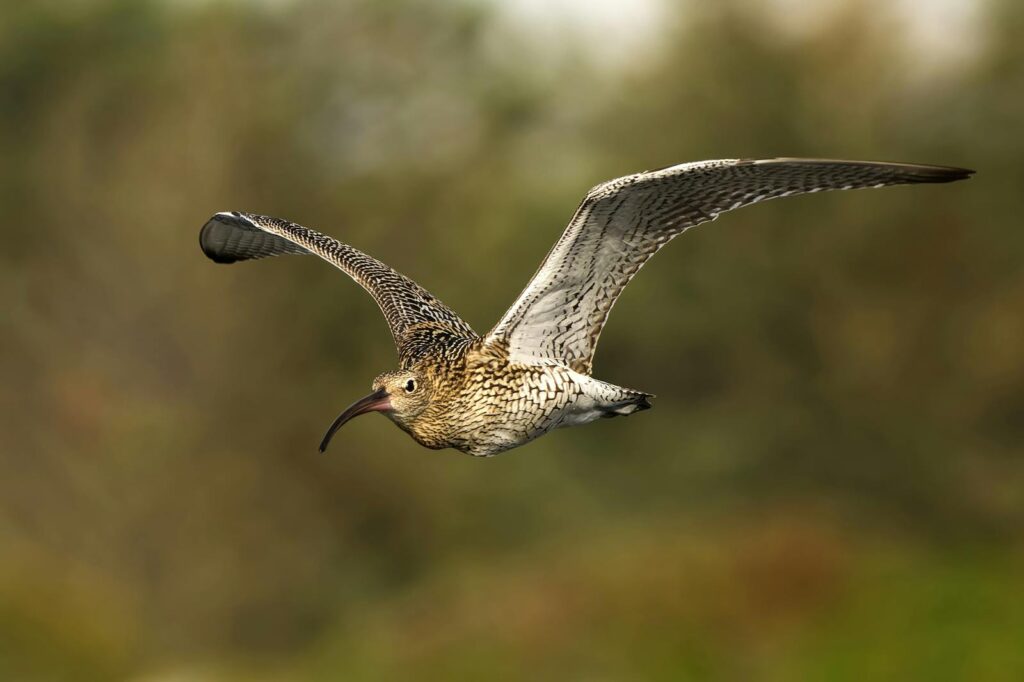
Despite their magnificent adaptations, many soaring bird species face significant challenges in today’s changing world. Wind energy facilities, while important for clean energy production, can create hazards when placed along migration routes or near ridges used for slope soaring. Habitat loss and climate change disrupt traditional migration pathways and thermal patterns that birds have relied upon for thousands of years. Many large soaring birds face additional threats from hunting, poisoning, and collision with power lines due to their typically slow reproductive rates and large territories. Albatrosses and other pelagic soarers suffer high mortality from longline fishing operations when they attempt to scavenge bait. Conservation efforts increasingly focus on identifying and protecting key migration corridors and soaring hotspots, creating “flyways” where these magnificent birds can continue to practice their aerial mastery for generations to come.
Conclusion

In conclusion, the ability of birds to soar without flapping represents one of nature’s most elegant solutions to the problem of efficient long-distance travel. By harnessing the energy present in moving air through specialized wing structures and sophisticated flight techniques, soaring birds demonstrate principles of aerodynamics that human engineers continue to study and emulate. From the thermal specialists like eagles and vultures to the dynamic soaring masters of the open ocean, these birds have refined their techniques over millions of years of evolution. As we face the challenges of creating more sustainable transportation systems, the effortless flight of soaring birds offers both inspiration and a reminder that sometimes the most efficient solutions have already been perfected in nature. Through continued research and conservation efforts, we can ensure these aerial masters continue to grace our skies while learning valuable lessons from their remarkable adaptations.
